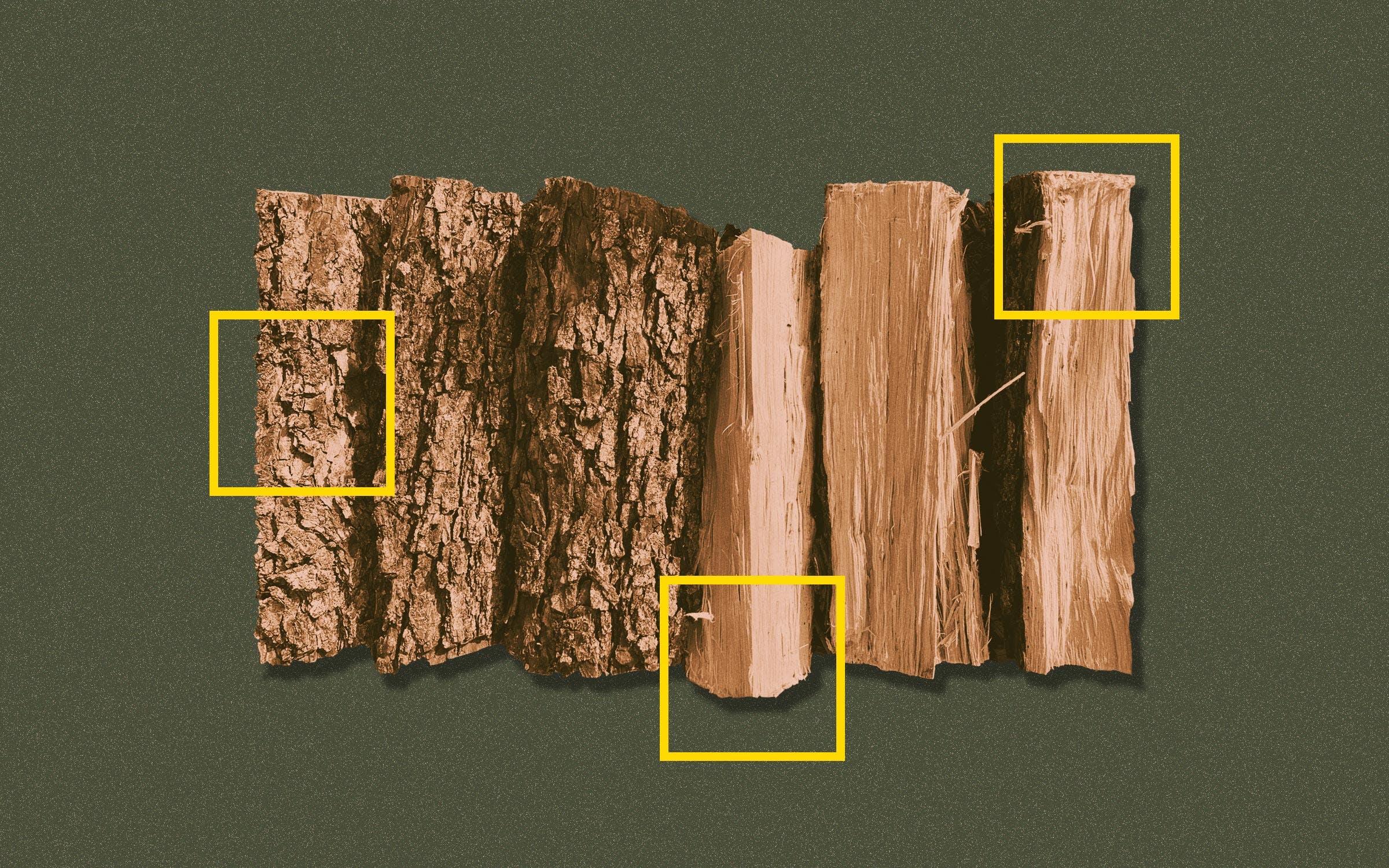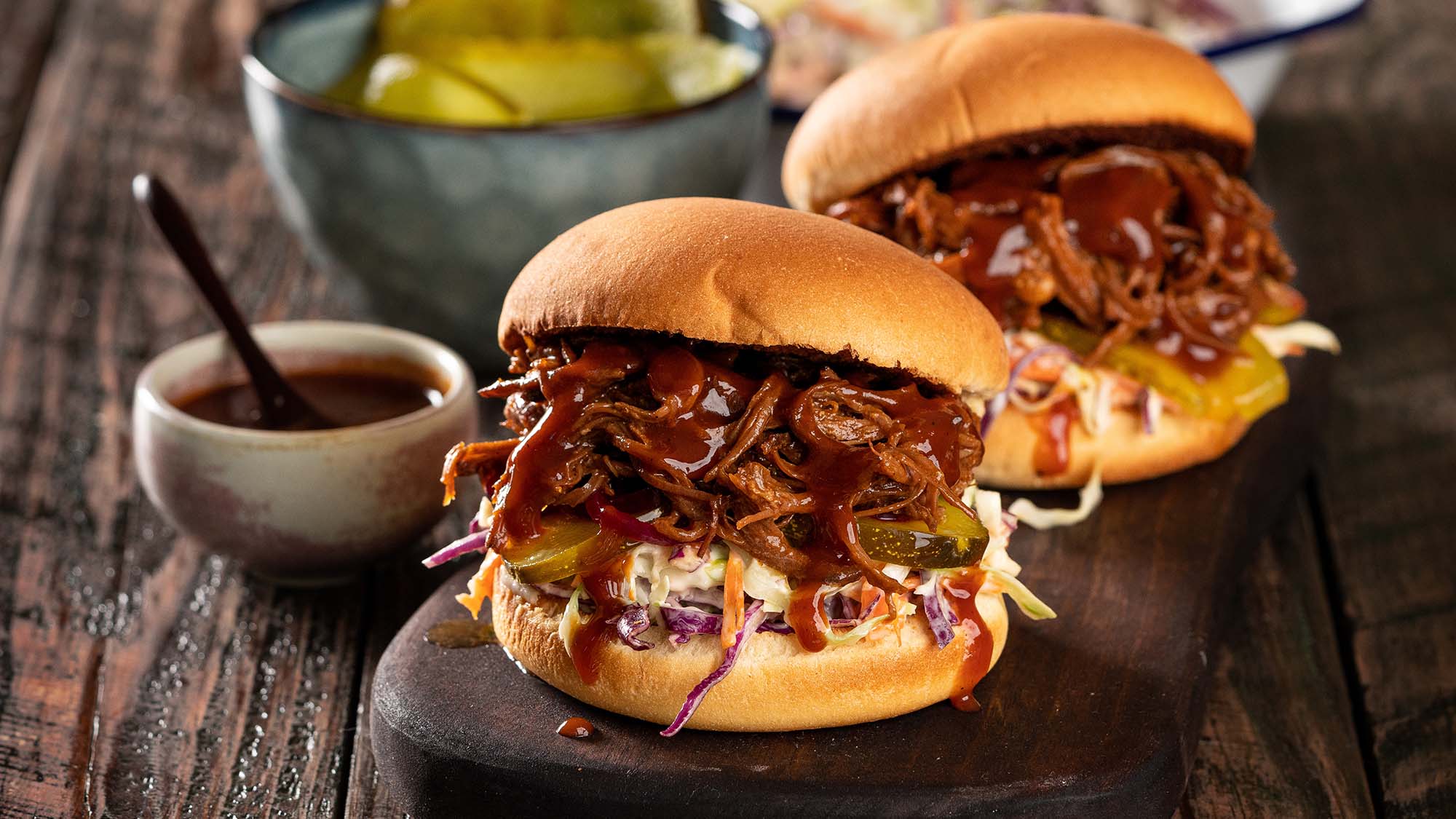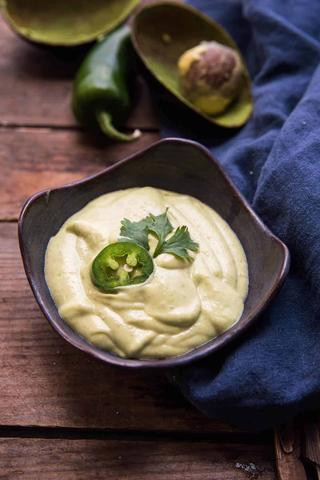Cardamom tastes sweet, spicy, and slightly citrusy. It has a warm, aromatic flavor with hints of eucalyptus and mint.
Cardamom, known as the “Queen of Spices,” offers a unique flavor profile that can enhance many dishes. Originating from India, this spice is often used in both sweet and savory recipes. Its distinct taste makes it a popular ingredient in baking, curries, and even beverages like chai tea and coffee.
Cardamom is also noted for its potential health benefits, including aiding digestion and reducing inflammation. Whether used in ground form or as whole pods, cardamom brings a burst of flavor and aroma that is hard to match. Its versatility and unique taste make it a staple in many kitchens worldwide.
Introduction To Cardamom
Cardamom is a spice with a unique and complex flavor. It has a strong aroma and is used in various cuisines. This spice is known for its sweet and spicy taste.
Origins And History
Cardamom comes from the seeds of several plants in the ginger family. It is native to India and has been used there for thousands of years. The spice was traded along ancient routes and became popular in Europe. Today, cardamom is grown in many tropical regions.
Cardamom was once considered a luxury and was used in royal kitchens. The ancient Egyptians used it as a breath freshener. In traditional medicine, cardamom has been used for its health benefits. The spice has a rich history intertwined with culture and trade.
Culinary Uses
Cardamom is versatile and used in both sweet and savory dishes. It is a key ingredient in Indian and Middle Eastern cuisine.
Common Uses:
- Flavoring curries and rice dishes
- Adding to coffee and tea
- Enhancing desserts like cakes and pastries
Cardamom pods, seeds, and ground powder are all used in cooking. The whole pods can be added to dishes and removed before serving. Ground cardamom is often used in baking. It can be found in spice blends like garam masala and chai spice.
Cardamom pairs well with cinnamon, cloves, and nutmeg. It adds depth and warmth to recipes. This spice is also used in savory dishes like stews and marinades.
Types Of Cardamom
Cardamom is a spice with a unique taste. There are two main types: green cardamom and black cardamom. Each type has its own flavor profile.
Green Cardamom
Green cardamom is the most common type. It has a sweet and spicy flavor. The pods are small and green. This type is often used in sweet dishes and teas.
- Flavor: Sweet, spicy, and slightly citrusy.
- Uses: Desserts, tea, and savory dishes.
- Appearance: Small green pods.
Black Cardamom
Black cardamom has a strong and smoky flavor. The pods are larger and dark brown. This type is used in savory dishes and meats.
- Flavor: Smoky, earthy, and intense.
- Uses: Curries, stews, and meat dishes.
- Appearance: Large dark brown pods.
Flavor Profile
Cardamom is a unique spice with a complex flavor profile. It offers a blend of sweet, spicy, and floral notes. This makes it a favorite in many culinary traditions. Understanding its flavor profile can enhance your cooking experience.
Primary Taste Notes
Cardamom’s primary taste is sweet and slightly spicy. It has hints of citrus and mint. The sweetness is subtle and not overpowering. The spice adds a warm kick without being too hot. This balance makes it versatile in both sweet and savory dishes.
Aromatic Qualities
Cardamom is highly aromatic. Its fragrance is sweet and floral, with a hint of pine. The aroma is strong but pleasant. It can fill a room with its inviting scent. This makes it a popular choice for both cooking and baking.
Here is a summary of cardamom’s flavor profile:
| Aspect | Description |
|---|---|
| Primary Taste | Sweet, slightly spicy, hints of citrus and mint |
| Aromatic Qualities | Sweet, floral, hint of pine |
Cardamom’s unique flavor and aroma make it a special spice. Try adding it to your favorite dishes for a delightful twist.
Cultural Significance
Cardamom is more than just a spice; it holds a special place in many cultures. Its unique flavor and aroma make it a staple in various culinary traditions around the world. Let’s explore its significance in different cuisines.
In Indian Cuisine
Cardamom is a cornerstone in Indian cuisine. It is used in both savory and sweet dishes. This spice enriches curries, rice dishes, and desserts. It’s a key ingredient in garam masala, a popular spice blend.
In sweets, cardamom adds a fragrant note to dishes like kheer and laddoo. It is also essential in beverages like masala chai. Cardamom’s versatility makes it invaluable in Indian kitchens.
In Middle Eastern Cuisine
Cardamom holds a place of honor in Middle Eastern cuisine. It is often used in coffee and tea. This spice enhances the flavors of traditional beverages like qahwa and Turkish coffee.
In cooking, cardamom is used in meat and rice dishes. It adds depth to flavors in recipes like biryani and kebabs. In desserts, it is found in baklava and other sweets.
| Cuisine | Common Uses |
|---|---|
| Indian |
|
| Middle Eastern |
|
Health Benefits
Cardamom is more than a flavorful spice. It offers a range of health benefits. These benefits can make your meals not only tastier but also healthier.
Digestive Aid
Cardamom is known for its digestive properties. It helps in reducing bloating and gas. Many use it to treat indigestion and heartburn.
- Reduces bloating and gas
- Helps treat indigestion
- Relieves heartburn
Antioxidant Properties
This spice is rich in antioxidants. Antioxidants help fight free radicals in the body. They can prevent cell damage and reduce inflammation.
| Benefit | Description |
|---|---|
| Fights Free Radicals | Prevents cell damage |
| Reduces Inflammation | Helps in lowering inflammation in the body |
Including cardamom in your diet can improve overall health. The antioxidants in cardamom can protect your cells and keep you healthy.
Pairing With Other Ingredients
Cardamom is a versatile spice with a unique flavor. It pairs well with many ingredients. Its warm, slightly sweet taste makes it a favorite in kitchens worldwide.
Spices And Herbs
Cardamom blends well with other spices and herbs. Here are some popular pairings:
- Cinnamon: Adds warmth and sweetness.
- Cloves: Enhances the spicy notes.
- Ginger: Complements the aromatic profile.
- Nutmeg: Pairs well for a cozy flavor.
- Mint: Offers a refreshing contrast.
Sweet And Savory Dishes
Cardamom shines in both sweet and savory dishes. Here are some examples:
| Dish Type | Examples |
|---|---|
| Sweet |
|
| Savory |
|
Cooking Tips
Cardamom is a beloved spice in many kitchens around the world. Its unique flavor can elevate both sweet and savory dishes. Here, we share some practical tips to help you make the most of this aromatic spice in your cooking adventures.
How To Use Whole Pods
Whole cardamom pods contain tiny seeds bursting with flavor. Using the pods can add depth to your dishes. Here’s how to use them:
- Crushing: Lightly crush the pods with a mortar and pestle. This releases the seeds’ aroma.
- Infusing: Add whole pods to soups, stews, or rice. They infuse a subtle, warm flavor.
- Removing: Remember to remove the pods before serving. Whole pods are not meant to be eaten.
Ground Cardamom Techniques
Ground cardamom is convenient and easy to use. It blends well into many recipes. Here are some techniques:
- Baking: Add ground cardamom to your baked goods. It pairs well with cinnamon and nutmeg.
- Cooking: Sprinkle ground cardamom into curries and meat rubs. It enhances the dish’s complexity.
- Beverages: Stir ground cardamom into coffee, tea, or hot chocolate. It adds a unique twist.
Using cardamom in your cooking can transform ordinary dishes into extraordinary meals. Experiment with these tips and discover new flavor dimensions.
Popular Recipes
Cardamom is a versatile spice that adds a unique flavor to various dishes. Let’s explore some popular recipes that highlight its distinctive taste. Whether you enjoy it in a warm beverage or a sweet treat, cardamom elevates the culinary experience.
Cardamom Tea
Cardamom tea is a soothing and aromatic drink. It is perfect for a relaxing evening. Here’s a simple recipe to make this delightful tea:
- Boil 2 cups of water.
- Add 4 crushed cardamom pods.
- Let it simmer for 5 minutes.
- Strain the mixture into a cup.
- Add honey or sugar to taste.
- Enjoy your warm, flavorful tea.
Cardamom-infused Desserts
Cardamom adds a unique twist to desserts. It enhances their flavor profile. Here are some popular cardamom-infused desserts:
- Cardamom Cookies: These are buttery and aromatic. Add crushed cardamom to your cookie dough.
- Cardamom Cake: This cake is moist and fragrant. Add cardamom powder to the batter.
- Rice Pudding: Infuse your rice pudding with cardamom. It adds a warm, spicy note.
Try these recipes and enjoy the unique taste of cardamom. Each dish will bring out its distinctive flavor, making your meals unforgettable.
Frequently Asked Questions
What Does Cardamom Taste Like?
Cardamom has a complex flavor. It’s a mix of citrus, mint, and spice. The taste is both sweet and savory.
Is Cardamom Sweet Or Savory?
Cardamom can be both sweet and savory. It depends on the dish. It adds depth to both desserts and main courses.
Does Cardamom Taste Like Cinnamon?
Cardamom and cinnamon are different. Cardamom is more citrusy and minty. Cinnamon is warm and spicy.
Can I Substitute Cardamom For Nutmeg?
Cardamom and nutmeg have different flavors. Cardamom is citrusy and minty, while nutmeg is warm and nutty.
Conclusion
Cardamom offers a unique blend of sweet, spicy, and citrusy flavors. Its versatility enhances both sweet and savory dishes. Experiment with cardamom in your cooking to discover its full potential. This exotic spice can elevate your culinary creations, making them truly unforgettable.
Try cardamom today and transform your recipes.
Learn More About Grilling
If you want to learn more about grilling, check out these other helpful resources!











